In the modern digital world, information has turned out to be one of the most significant resources that companies can possess.
But due to the immense level of information generated each and every day, organizations are finding it difficult to analyze the data and interpret it in order to make an informed decision.
Artificial intelligence (AI) is a revelation that has disrupted the sphere of data analysis as well as forecasting.
The application of superior AI models has helped businesses to examine significant amounts of information, access concealed movements, and anticipate upcoming trends with more accurateness.
The Role of AI in Business Data Analysis and Forecasting
Business decision-making cannot take place without data analysis and forecasting.
The skill of predicting future trends, recognizing patterns in information and making sound choices is the prerequisite to remain competitive within current market environment. In the past, companies have used human beings and simple statistical models to conduct these activities but due to the emergence of big data, it has become almost impossible to use manual methodologies.
The application of AI models, specifically to machine learning (ML), deep learning (DL), and natural language processing (NLP), has transformed how companies should analyze the data and their estimation abilities.
It is the scale and speed with which such models can crunch data and identify patterns, make predictions and generate results that have not even been dreamt of before. The application of AI in data analysis allows companies to explore more details about data and create more accurate predictions and better decision-making.
The Benefits of Using AI Models for Business Data Analysis and Forecasting
The use of AI models has critical benefits to data analysis and projections of business data, as with these solutions the organization can make data-driven decisions for enhancements to the bottom line. Some of the major advantages follow below:
Improved Accuracy and Precision
AI models are capable of analyzing datasets in a more accurate way, to the extent that human analysts would fail to pick up patterns and trends. AI can create more accurate predictions than usual threads as it can use algorithms to learn past data. Likely insights because of the possibility to find out the hidden relationships and correlations will minimize the chance of being wrong in such forecasting.
Example: In financial service, AI models can help predict market trends and forecast the likelihood of stock prices, decreasing the level of risk faced on investments.
Faster Decision-Making
The data analysis that is done through AI considerably accelerates the task of decision making. Conventional ways of analyzing data are very tedious and sometimes require the person involved to manually strain through the mass of data to get an idea. The difference is that AI is able to analyze data in real time providing a business with immediate insights it can use when making important decisions to quickly respond and act according to current market fluctuations.
Example: AI can help retailers to analyze sales information and adjust the inventory level on real-time basis, avoiding both and outstocks and overstockings.
Real-Time Forecasting
Since AI models are able to analyze and process the incoming data, this means that forecasts can be generated in real-time. This proves especially useful in the industries where the conditions of the market develop fast and companies should make the rapid change to be able to provide sufficient competition. By using AI, companies will be able to get real-time data on customer behavior, demand trends and financial performance.
Example: E-commerce businesses will be able to use AI to monitor customer activities in real-time and make changes in pricing strategy or sales promotions in order to maximize transaction.
Scalability
The AI models have the capability of scaling to handle large volumes of data thus they are suitable to be applied in big data projects. Regardless of whether a company is exploring millions of transactions of its customers, the sensor information of Internet of Things devices, or the engagement of customers through social media, AI models have the capability of processing the data in an efficient manner and can produce insights on a macro-scale.
Example: The application of AI models allows one to process the data of thousands of IoT gadgets within a smart city and forecast patterns of energy consumption and streamline the distribution of resources.
Predictive Insights
Artificial intelligence systems have been configured in such a way that they also realize the capabilities of analyzing past data, as well as predicting the future patterns. AI has a remarkable sense of forecasting future by studying the previous results to identify patterns. This forecasting ability enables organizations to make future plans and anticipate the odds and take pro-active decisions.
Example: In supply chain management, AI has the ability to forecast the demand of products and enable businesses to maximise the minimum inventory that touches the needs of customers without much wastage.
| Benefit | How AI Enhances Business Forecasting | Business Impact |
|---|---|---|
| Improved Accuracy | AI models identify hidden patterns and correlations in data | Reduces errors and increases forecasting reliability |
| Faster Decision-Making | AI automates data analysis and provides real-time insights | Enables businesses to make faster, data-driven decisions |
| Real-Time Forecasting | AI analyzes data as it is generated, offering up-to-the-minute insights | Increases agility and responsiveness to market changes |
| Scalability | AI models handle large volumes of data efficiently | Supports data-intensive projects and operations |
| Predictive Insights | AI uses historical data to predict future trends | Improves planning, resource allocation, and risk management |
Best AI Models for Business Data Analysis and Forecasting
Certain AI models stand to be applied specifically well to the analysis and forecasting of business data. The given models may deal with any forms of data, make predictions, and give information that can be used to guide decisions. What are some of the best business AI models?:
Linear Regression Models
One of the easiest but the most successful AI models to forecast is the linear regression. It presupposes that there exists a linear form between the input variables (independent variables) and output (dependent variable). Linear regression is applied in the prediction of continuous value using the past data.
Best For: Companies which require estimating such a trend as sales, stock rates or revenue increases.
Decision Trees and Random Forests
Decision trees are both regressive and capable of classification. They operate by subdividing the data to branches according to various decision rules so that the business establishes the association between the variables. Random forests is a group of decision trees, and it trains using an ensemble of decision trees and then pools the output of the decision trees and averages them to enhance the accuracy and also minimize overfitting.
Best For: Forecasting the result based on several variables, i.e. customer churn or product demand.
Neural Networks and Deep Learning
Big data can be analyzed with the use of deep learning due to large and complex data sets that neural networks are able to analyze. Such models are structured in layers of interrelated nodes and have the ability of simulating how the human brain operates, which enables them to notice complex patterns within data. DL is especially efficient to solve problems of image recognition, natural language processing, and time-series forecasting.
Best For: Companies that deal with sectors that require access to large volumes of unstructured data such as e-commerce, finance and healthcare.
Time-Series Models (ARIMA, Prophet)
Time-series models are special tools used to predict data that moves over time, e.g. stock prices, forecasts of demand, or sales figures. One of the most popular models is ARIMA (Auto-Regressive Integrated Moving Average), whereas Facebook Prophet is an open-source tool, created to predict time-series data that have many seasonalities.
Best For: Companies that want to make predictions on demands, sales, and other variables dependent on time.
Support Vector Machines (SVM)
SVMs are great classifiers as well as regressors. SVM, localizes optimum-boundary (or hyper plane), which is used to categorize the data into various classes. Its strong point is high-dimensional data and it can perform both linear and non-linear data perceptively.
Best For: Companies which require categorizing information or making a discrete prediction, e.g. of fraud or customer segmentation.
K-Means Clustering
K-Means is a non-supervised learning algorithm consisting of clustering data into groups. It can be beneficial to the companies that require organizing customers, products, or even markets on some basis.
Best For: Customer segmentation, market research and trend analysis.
| AI Model | Key Features | Best For |
|---|---|---|
| Linear Regression | Predicts continuous values based on linear relationships | Sales forecasting, revenue growth prediction |
| Decision Trees & Random Forests | Splits data into decision paths for prediction | Predicting customer churn, demand forecasting |
| Neural Networks & Deep Learning | Advanced pattern recognition, complex data analysis | E-commerce, healthcare, finance, and image analysis |
| Time-Series Models (ARIMA, Prophet) | Forecasts time-dependent data, handles seasonalities | Sales, demand forecasting, stock price prediction |
| Support Vector Machines (SVM) | Classifies and predicts using decision boundaries | Fraud detection, customer segmentation |
| K-Means Clustering | Groups data based on similarities | Market research, customer segmentation |
How AI Models Improve Forecasting Accuracy
The capacity to enhance the precision of the business forecasting is considered by many as one of the most important benefits of AI in business. This is how AI models increase the accuracy of forecasts:
Data-Driven Decision Making
AI models are created to examine huge data and draw conclusions concerning unconspicuous trends and patterns. Taking advantage of historical data and being able to recognize them, AI would be able to predict future trends more accurately than using traditional techniques.
Real-Time Adaptability
AI models have the advantage of continuing to learn more information and businesses can modify their predictions on the fly. To take an example, when the sales figure changes with or without warning because of an external reason, the AI models can also factor in this change and, therefore, immediately revise the forecast.
Handling Complex Data Sets
In contrast to the traditional forecasting approaches, which are limited to simple algorithms, AI models have the ability to accept complicated, multi-dimensional data sets that accommodate both structured and unstructured data. This allows businesses to capture a nearer- completion of the picture in relation to the things that affect their projections.
How to Leverage AI Models for Maximum Business Benefit
When applying AI models in business analytics and business forecasting, there is an idea of a detailed plan and development. The following are tips to allow businesses to maximize their returns in AI investments.
Align AI Models with Business Objectives
In the effort to attain the largest profit out of AI-driven data analysis, the primary business objectives shall be defined first. Ranging between enhancing customer retention, anticipation of market demands, and optimization of the inventories, aligning the AI models with the unique business objectives will make the AI models deliver a commendable and viable business intelligence.
A retail firm could put its AI-based predictive tool in line with the goal of optimizing stock and minimizing stockout. The company will be able to enhance the efficiency of supply chain by concentrating on demand forecasting.
Start with Small-Scale, High-Impact Projects
It is also recommended that when bringing in AI models in analyzing and forecasting data, one should begin with regard to small yet impactful projects. This will enable businesses to experiment with AI models in a more controllable context and evaluate them to develop enough confidence to roll them out across the organization.
A small organization with a manufacturing unit can initiate the use of an AI-based predictive maintenance model and predict the equipment failure to prevent downtimes and enhance the operation.
Continuously Train and Fine-Tune AI Models
AI models are data driven and thus, as they collect more data, they become more accurate in a period of time. Businesses will have to ensure that they train and optimize their models on a continuous basis as they use more data. This cyclical approach makes sure that AI models are applicable, adjustable, and precise in any fluctuation of business circumstances.
Monthly, financial institutions retrain their AI model to the latest developments in the market and make sure that their forecasting models are current with the world.
Empower Decision-Makers with AI-Generated Insights
Among the major advantages of data analysis powered by AI, the possibility to display the insight in the form that can be understood easily should be listed. AI models are needed to provide decision-makers with actionable information that should be used to make sound decisions. It will make sure that the generation of business insights translates into quick action on the part of business leaders by availing user-friendly dashboards, reports, and real-time alerts.
An AI model may generate real-time recommendations on what products to promote in an e-commerce business depending on the behavior of the customers giving marketing managers an opportunity to react to trends in the business in a fast way.
Foster Collaboration Between Teams
Collaboration between data scientists and business analysts, as well as the operational teams, is often crucial in getting AI models ready. Collaboration would allow teams to secure that AI knowledge is adapted to everyday choices, and a better outcome would arise.
| Best Practice | How to Maximize AI in Business Data Analysis and Forecasting | Business Benefit |
|---|---|---|
| Align with Business Objectives | Set clear goals for AI-driven forecasting and data analysis | Ensure AI tools focus on relevant business outcomes |
| Start Small | Implement AI on a smaller scale with high-impact projects | Test effectiveness before scaling across the organization |
| Continuous Training | Regularly update AI models with fresh data to improve predictions | Enhance model accuracy and adapt to changing conditions |
| Empower Decision-Makers | Provide user-friendly insights and reports to decision-makers | Faster, data-driven decision-making |
| Foster Collaboration | Collaborate across teams to integrate AI insights into daily operations | Improve efficiency and decision-making across departments |
Summary
The AI models are a revolutionary approach to business data analysis and forecasting because they supply organizations with more accurate, efficient and scalable solutions. With the increasingly underutilized AI on the rise, it is necessary to utilize its tools to make decisions based on data-driven methodologies that make businesses perform better than their competitors in any task, whether forecasting customer behavior and optimizing inventory, or sales forecast.

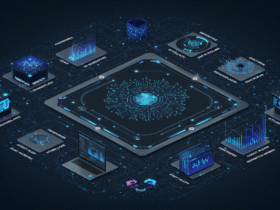
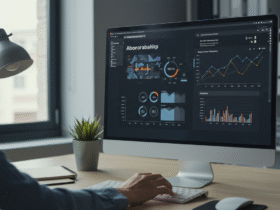
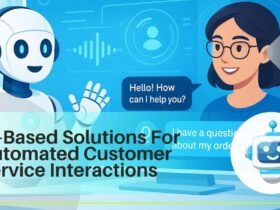
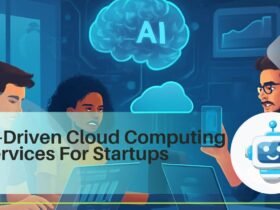
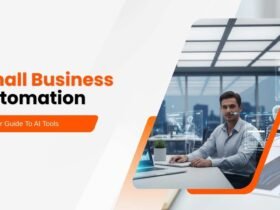

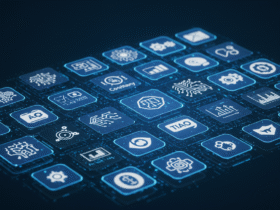

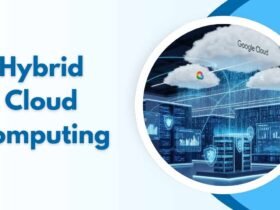
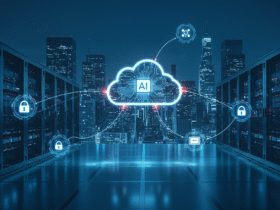

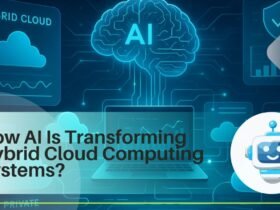
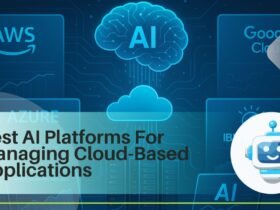
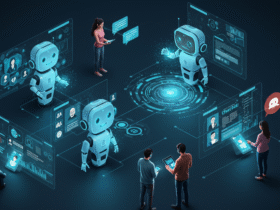
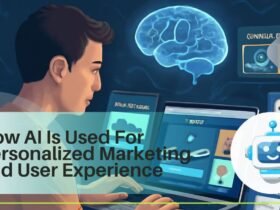
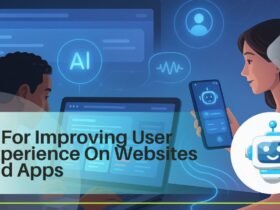
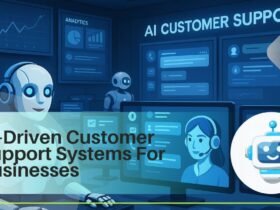

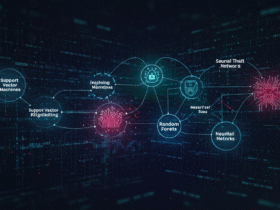




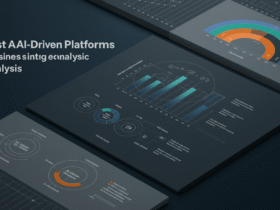

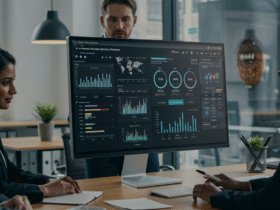
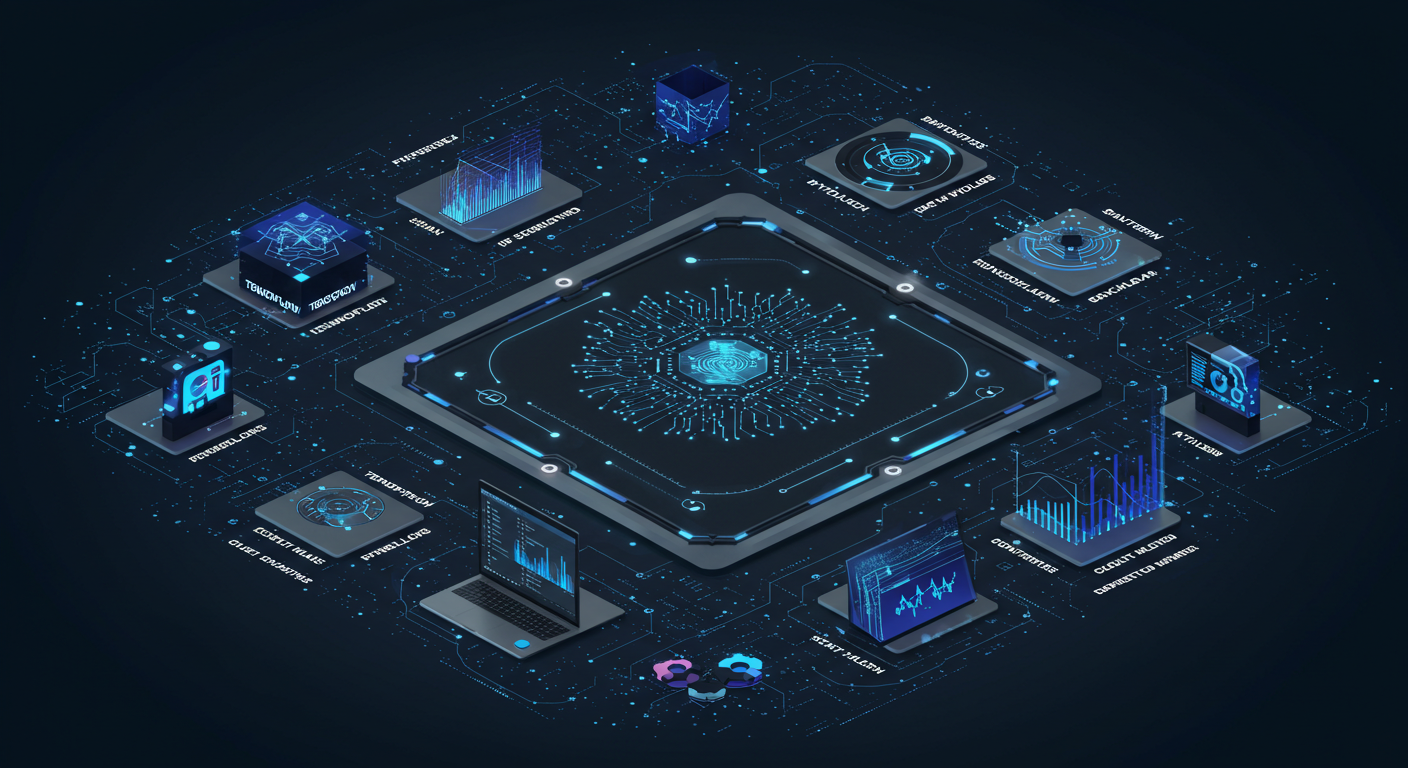


Leave a Reply